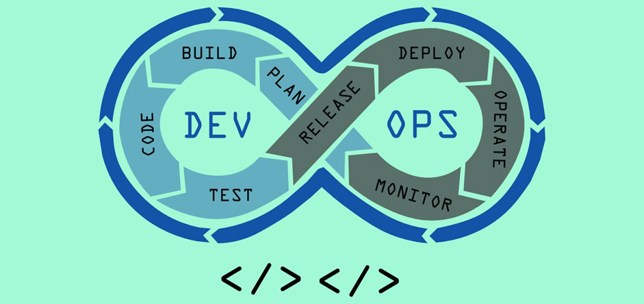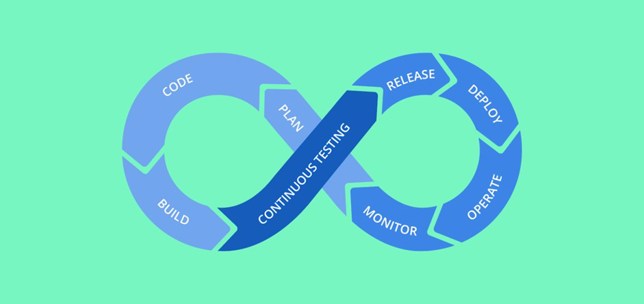
In this blog, we explore how to choose the right metrics for DevOps adoption.

As we consider the overall context and goal of digital transformation we can identify three main tiers of activity: Tools and individual skills, process and organisation.

We explore how Chaos Engineering represents the maturity pinnacle of Cloud engineering practices, and ultimately software testing too.

As we continue into the era of hyperscale Cloud computing and high-frequency DevOps we can examine the increased role and importance of QA and software testing.

Continuous Testing in DevOps is a software testing type that involves testing the software at every stage of the software development life cycle.

As the term suggests this simply refers to product management practices applied specifically to the development of digital services.

A key recommendation is to encourage the “shifting left” of testing practices, perform them earlier, and be an integral part of the development process.

2i can help organisations establish a DevOps Centre of Excellence, a central structure that can facilitate the adoption of industry best practices.

Having infrastructure as code would allow the developers or team to test and validate the code before the actual deployment.

There are four Flow Metrics that measure how value flows through a product's value stream. They are calculated on four Flow Items - units of work that matter to a business: features, defects, debt, and risk.

Successfully embracing a new DevOps paradigm will require a transformation of team and workflow patterns as well as technologies.

As organisations move to adopting the Cloud, software testing continues to be a component part essential to its success.

A core capability underpinning the shift to Cloud Native DevOps is treating 'Infrastructure as Code' (IaC).

Following on from our introduction to the Scaled Agile Framework (SAFe), we can zoom in on a detailed review of the role of software testing within this framework.

Implementing DevOps for one team is a relatively straight forward exercise, but for enterprise organisations, they face a much larger magnitude of complexity.

2i offers an Automation Maturity Review, an assessment that follows DevOps Flow value stream mapping, so that we can identify the optimal target areas for automation.

Successfully building and deploying API-integrated apps comes with a number of challenges that 2i expertise and methodology can help address.

'Low Code' development is a new trend exploding into the IT market. Forecast to raise £500m of investment in 2020 alone it is a sector that will have a massive impact on how software is developed.

Here are some of the key principles of ‘Flow’ and the role of testing and quality assurance practices required to enable ‘Flow’.

In this case study piece, Adam Pettman breaks down how testing as an integral and pivotal part of the DevOps process can sometimes be forgotten about and in some cases lead to major incidents and how they should be implemented with more care and diligence by organisations that wish to launch their products more smoothly.

The new world of DevOps is transforming how software is developed, not just in terms of the technologies and tools used, but more importantly in terms of how teams are organised and managed.

With an increasing consumer demand for regular and rapid deployment of releases, developments teams are increasingly moving away from Waterfall and towards Agile.

If your organisation is relatively new to the Agile methodology, then you can achieve some rapid and easy benefits for your organisational workflow by implementing a number of quick wins.

DevOps has become one of the hottest topics in technology circles and one that you can’t get away from, but what does it mean for Testers and the role we play in DevOps?
